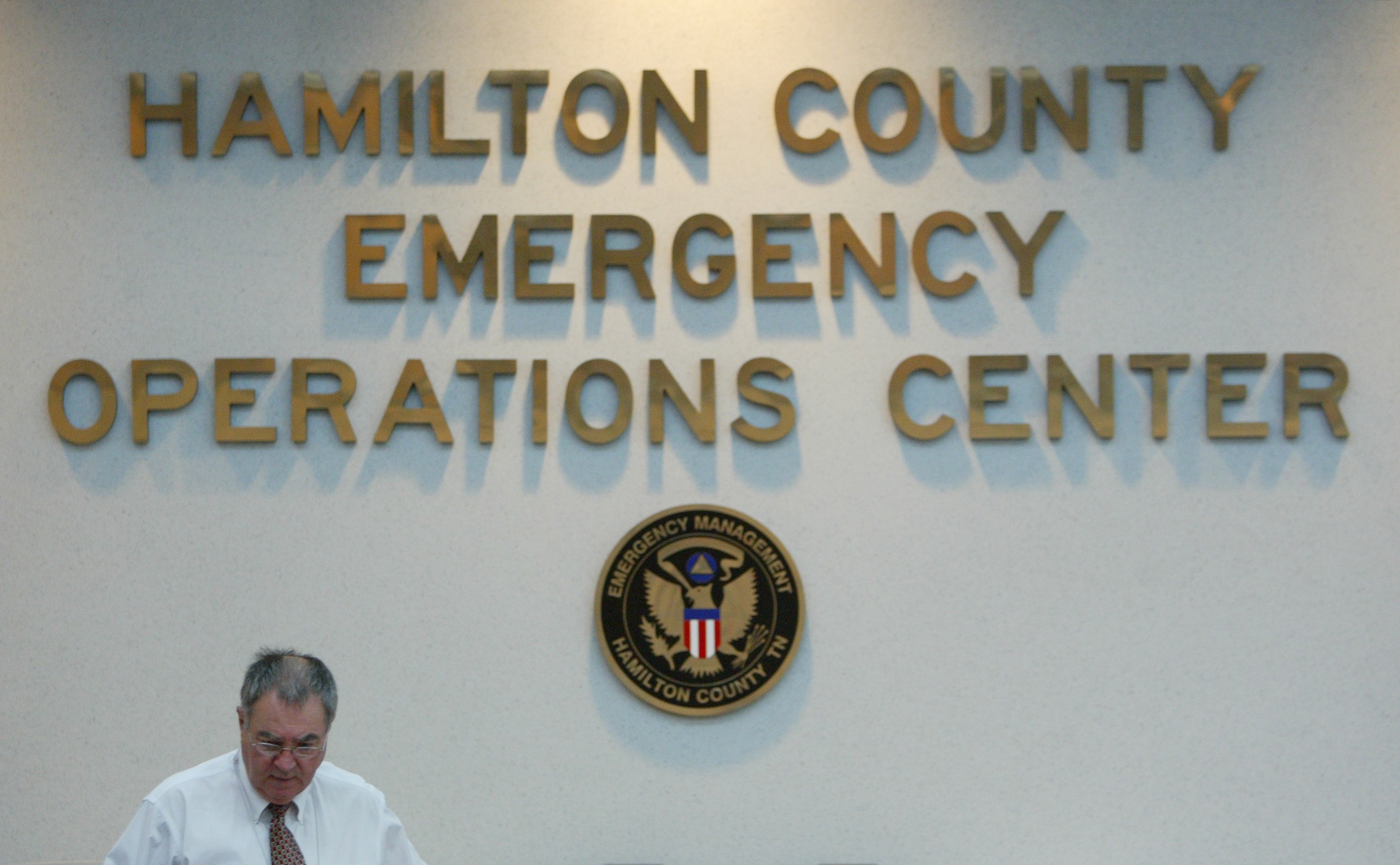Even though more than $50 million in federal funding to repair and rebuild in the tri-state area after the April storms is frozen while Congress wrangles about budget details, local officials say that suspension hasn't been felt at the local level.
However, a tight budget for the Federal Emergency Management Agency and the high number of national disasters this year may mean future projects may not be approved, officials say.
"If there is anything we are not going to get, we won't know it for a very long time," said Bill Tittle, head of the Hamilton County Emergency Management Agency. "We are just now getting final paperwork for the February tornado and still in the process of working on the April storms. It will likely be several months before that is finished."
FEMA froze public disaster assistance for previous disasters, including the April storms, after spending for Hurricane Irene depleted its funds to less than $1 billion. Their funds have now fallen to below $400 million and are expected to be exhausted by the end of September, as immediate relief costs rise for Hurricane Irene and Tropical Storm Lee.
The freeze does not apply to individual assistance or immediate cleanup after a storm, but is for public assistance in rebuilding roads, water control facilities, building, utilities and parks. The way the approval process works and the lengthy lag time mean local agencies probably won't feel that freeze before the money is replenished, Tittle said.
In a 62-37 vote Thursday, the U.S. Senate passed a $7 billion bill to replenish FEMA's disaster aid accounts, with the six Republican senators from Tennessee, Alabama and Georgia voting against the bill. Of that money, $500 million would go to immediate, emergency funding to ensure FEMA won't cut off help for disaster victims.
But the legislation faces opposition from some Republicans in the U.S. House, who have promised action by Wednesday on a plan that would provide $3.7 billion in disaster aid. That plan requires that $1 billion in immediate aid be offset by cuts to a Department of Energy program to increase the production of fuel-efficient vehicles. It is also part of a continuing resolution to fund the federal government.
Democrats are not happy with the lower numbers in the House plan and the proposal to offset disaster costs, but Republicans may have the advantage in passing their funding by tying it to continued federal funding, The Associated Press reported Thursday.
Even as the political debate continues in Washington, state emergency management officials said they continue to process paperwork so it will be ready when the coffers are replenished.
"We feel confident funding will resume," said Yasamie August, spokeswoman for the Alabama Emergency Management Agency.
Alabama, which was hardest hit by the April storms, has been most affected by the freeze, with about $51 million halted, August said.
In Tennessee, about $2 million in funding has been requested that remains unfunded for the five federal declared disasters in Tennessee this year. About $11 million has been suspended for projects connected to the May 2010 floods that deluged Nashville.
Tennessee Emergency Management Agency spokesman Dean Flener said he didn't have the numbers for how much has been frozen in the Chattanooga area, but he said the April tornadoes and the flooding in West Tennessee caused the most damage this year.
Most of the frozen funding in Tennessee has been requested for debris removal and repair to roads and bridges.
Ken Davis, spokesman for the Georgia Emergency Management Agency, said he is not aware of any funding that has been suspended for Catoosa, Dade and Walker counties. Those requests, while they have not all been paid, were all processed and approved before the funding freeze began.
Dade County emergency services director Alex Case said all requests they turned in have been approved and the county has received much of the reimbursement. About $1.5 million in debris removal funding has not yet been paid, which is typical under the funding approval process for large projects.
Case said he is afraid that the large number of disasters this year will mean that it will be more difficult for local governments to receive additional grants in the cleanup process.
Dade County is working on a FEMA grant request to help with debris cleanup for Lookout Creek. The creek was clogged with trees downed during the tornado, Case said. He said he is not sure how much the grant request would be, but it would require local matching funds.
"Now with the hurricane, I'm not sure we'll be able to get that money," Case said.
Tittle noted that the unusual number of disasters has put a strain on emergency services throughout the nation.
"It's unprecedented. In Tennessee, they had to start color-coding all the different ones to keep up with the paperwork," he said.
Connect with the Times Free Press on Facebook
The Associated Press contributed to this report.



